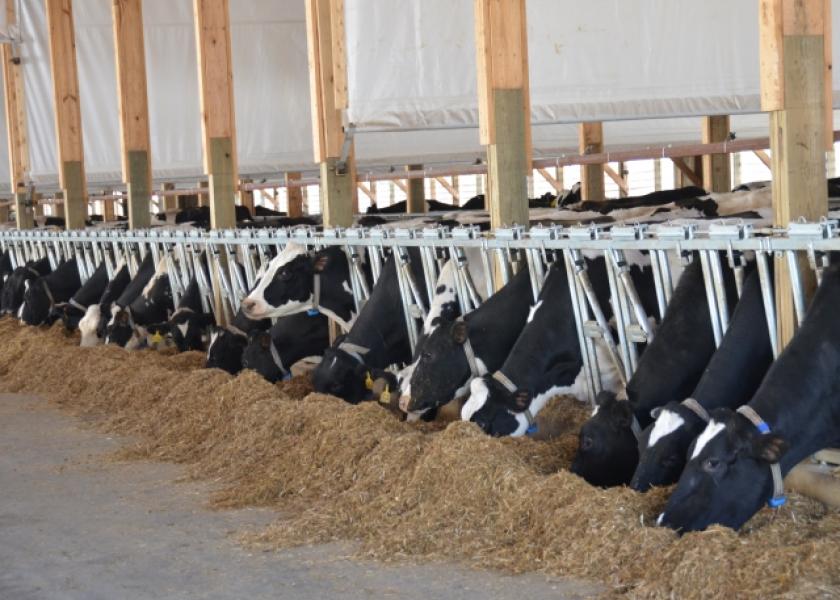Automated Body Condition Scoring Shows Promise, Growth

Only about 5% of U.S. dairy herd managers regularly assess body condition scores (BCS) in their herds, even though the value of routine body condition scoring has been well-documented.
According to dairy researchers at the University of Kentucky, assessing and analyzing individual-cow BCS on a regular basis is important for maximizing cow performance at all lactation stages. Cows in extreme body condition – both too low and too high – are at risk of metabolic diseases around the time of calving.
BCS at calving must be sufficient to launch cows into a healthy, productive lactation. But over-conditioning at calving also can lead to dystocia and animal losses. Furthermore, if cows lose body condition too rapidly in heavy lactation, metabolic diseases again may ensue, and returning cows to pregnancy may be more challenging.
Even with all this information, implementing BCS assessment on-farm can be challenging. For one reason, it’s a labor-intensive process during a time when dairy labor is scarce. It also requires training, skill, and consistency, and ideally should be done by the same person each time.
Recognizing both the value and difficulty in on-farm BCS management, researchers and private entities have explored, and are bringing to market, automated BCS systems that rely on cameras to evaluate every cow, every day. That information subsequently is fed into a database that allows for ongoing analysis and flagging animals of concern.
A collaborative study between Chinese researchers; the University of Kentucky; and Alltech, Inc., evaluated a 3D computer vision-based system, and compared its accuracy to that of human scoring. The automated system evaluated visibility of the thurl, visibility of the sacral ligament, curvature of hook bone, and curvature of pin bone.
For two months, these camera-based assessments were performed on 94 cows, twice daily. The same cows were scored by three human evaluators once a week. At the end of the study, the researchers concluded the automated system had the potential to be more accurate than human scoring.
In another study, published in the Journal of Dairy Science in 2019, Dutch researchers used a 3D camera to assess BCS from three viewpoints in 8 body regions. Their extensive study concluded that automated BCS accuracy can be improved by broadening the number of body features and regions evaluated.
In terms of the investment benefit of automated BCS systems, a financial analysis by researchers at the University of Kentucky predicted the greatest revenue reward would come from improved reproductive performance, followed by energy efficiency, and then disease reduction.
Finally, this video features a New Zealand dairy that has adopted an automated BCS system using thermal imaging from DeLaval. The producer notes one of the most interesting observations they have made since adopting the system is that the cows with the lowest 20% BCS were producing 20% more than the herd’s average. Conversely, cows in greater condition were not producing as well.
They used this information to target-feed their lowest-BCS cows to improve their BCS by dry-off.







